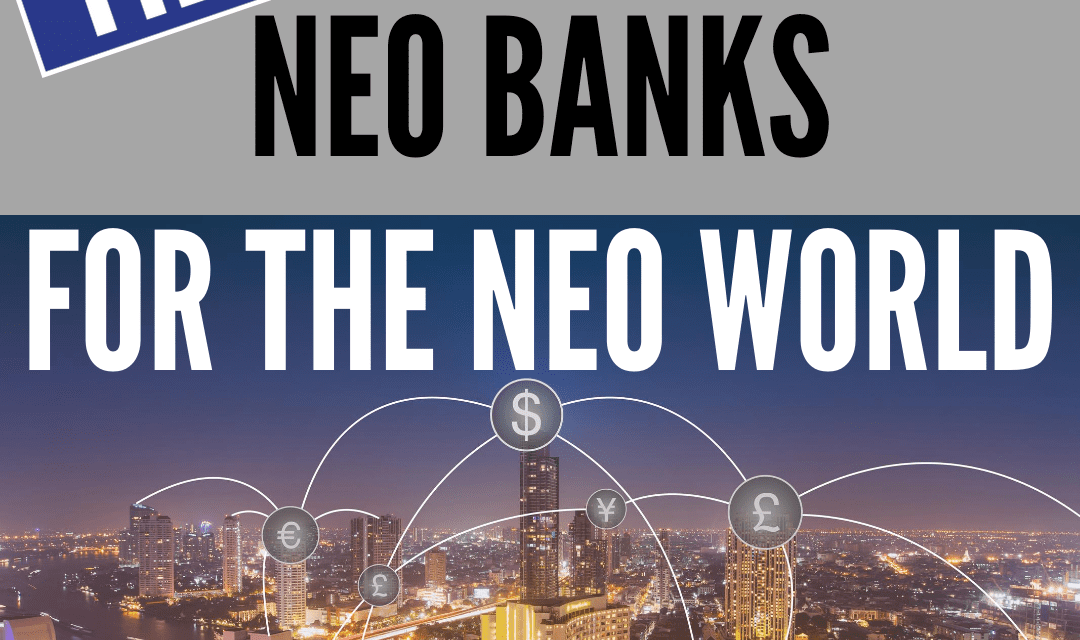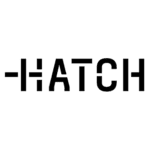THE BANKS ARE DEAD..LONG LIVE THE BANKS! Travis Tyler, from Australian Neo-bank 86:400 joins me to talk about how banks are being disrupted by fin-tech firms following the unctions of everyday users.
Neo Banks for the Neo World
In this episode, reformed banker Travis Tyler and I discuss building a new model of banking, open banking, and break down some of the challenges neo banking faces long term.
After a couple of lock downs this year, I’m reminded about how redundant so much of what bank branches do. Like many things, Covid defines what essential is. If it’s not essential, it’s not going to be profitable in the new world.
Travis, joining me from Sydney today, works for 86:400, an Australian “neo bank”. Neo banks are held to the same government standards and regulations as traditional banking, but what’s different is their lack of legacy. With smaller teams, and no bricks and mortar, neo banks are well-positioned to rebuild what banking should be, based on what customers want. Neo banks are a tasty option for tech-savvy people initially, but I can’t help but think this is the way of the future – a future that will be extremely disruptive for the status quo.
86:400, being the number of seconds in a day, is a company launched late last year, perfectly timed amidst the massive anti-bank blowback following the Royal Commission’s stiff review of Australian banking behaviour.
“Our whole model is built around delivering customer success with the belief that business success will follow,” said Tyler.
They’ve managed to do pretty well for themselves since launch, all things considered, even introducing Australia’s first neo bank mortgage, with some competitive rates to match.
The question for them now is, how can they thrive and make money in the current climate? Neo banks have been famously struggling to make a profit internationally, but 86:400 has a view that they can win with a broader product offering and an alliance with mortgage advisers for efficient distribution.
Where do we stand on neo banks in NZ?
New Zealand still seems to be stumbling around at the start line to get on the neo bank trend, with no local companies of the kind operational yet, despite rumours that Revolut might be eyeing up our pristine shores. More on this later.
The most significant point of resistance so far has been our non-existent open banking. The idea with open banking involves setting customer data free to roam the wild in an attempt to provide more of a benefit to the end-user. This allows for more streamlined money management for customers as well as encouraging a more competitive market.
Since the calls from Kris Faafoi for banks to share APIs, banks have potentially made a start down this path, but unless they set the data free soon, they risk being disrupted in a big, big way. Banks, like many financial institutions, thrive on customer inertia, so open banking presents a potential short term threat to their profitability. Will they play the game, resist the inevitable, or gobble up the threat? Time will tell. It’s going to take balsy leadership to lead the charge here.
Travis discusses open banking, the pros of neo banks and cons of legacy banks (from a reformed banker), and the potential for New Zealand to learn from the Aussies as we move into a new wave of digital disruption.
Click here for more information on 86:400
_________________________________________________________________
The NZ Everyday Investor is brought to you in partnership with Hatch. Hatch, let’s you become a shareholder in the world’s biggest companies and funds. We’re talking about Apple and Zoom, Vanguard and Blackrock.
So, if you’re listening in right now and have thought about investing in the US share markets, well, Hatch has given us a special offer just for you… they’ll give you a $20 NZD top-up when you make an initial deposit into your Hatch account of $100NZD or more.
Just go to https://hatch.as/NZEverydayInvestor to grab your top up.
__________________________________________________________________
The NZ Everyday Investor would also like to acknowledge the support of kōura.
Most people fixate on just fees or historical returns when trying to choose a KiwiSaver fund. But professionals know there’s the third, arguably more essential component to consider – asset allocation. kōura’s digital advice tools will build you a KiwiSaver portfolio that has the perfect asset allocation just for you. Of course you could also just choose your own KiwiSaver portfolio with them too. Give them a try and see what your ideal KiwiSaver asset allocation looks like for you.
___________________________________________________________
Like what you’ve heard?
You can really help with the success of the NZ Everyday Investor by doing the following:
1- Tell your friends!
2- Write a review on Facebook, or your favourite podcast player
3- Help support the mission of our show on Patreon by contributing here
4- To catch the live episodes, please ensure you have subscribed to us on Youtube:
5- Sign up to our newsletter here
NZ Everyday Investor is on a mission to increase financial literacy and make investing more accessible for the everyday person!
Please ensure that you act independently from any of the content provided in these episodes – it should not be considered personalised financial advice for you. This means, you should either do your own research taking on board a broad range of opinions, or ideally, consult and engage an authorised financial adviser to provide guidance around your specific goals and objectives.





